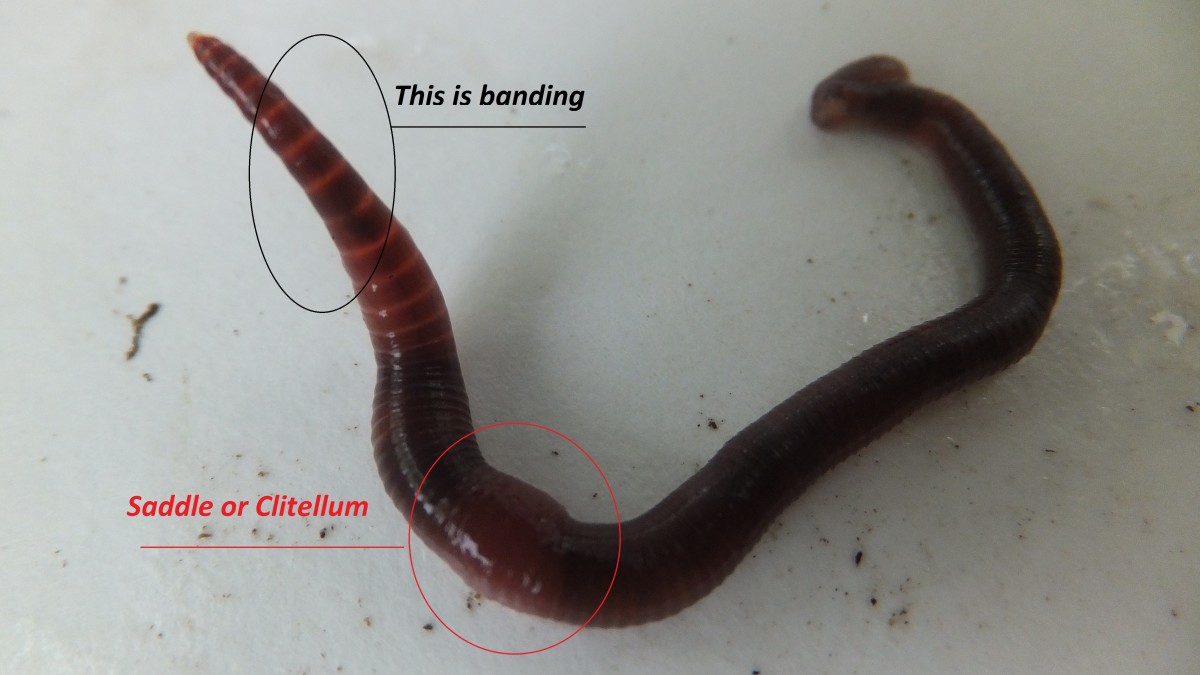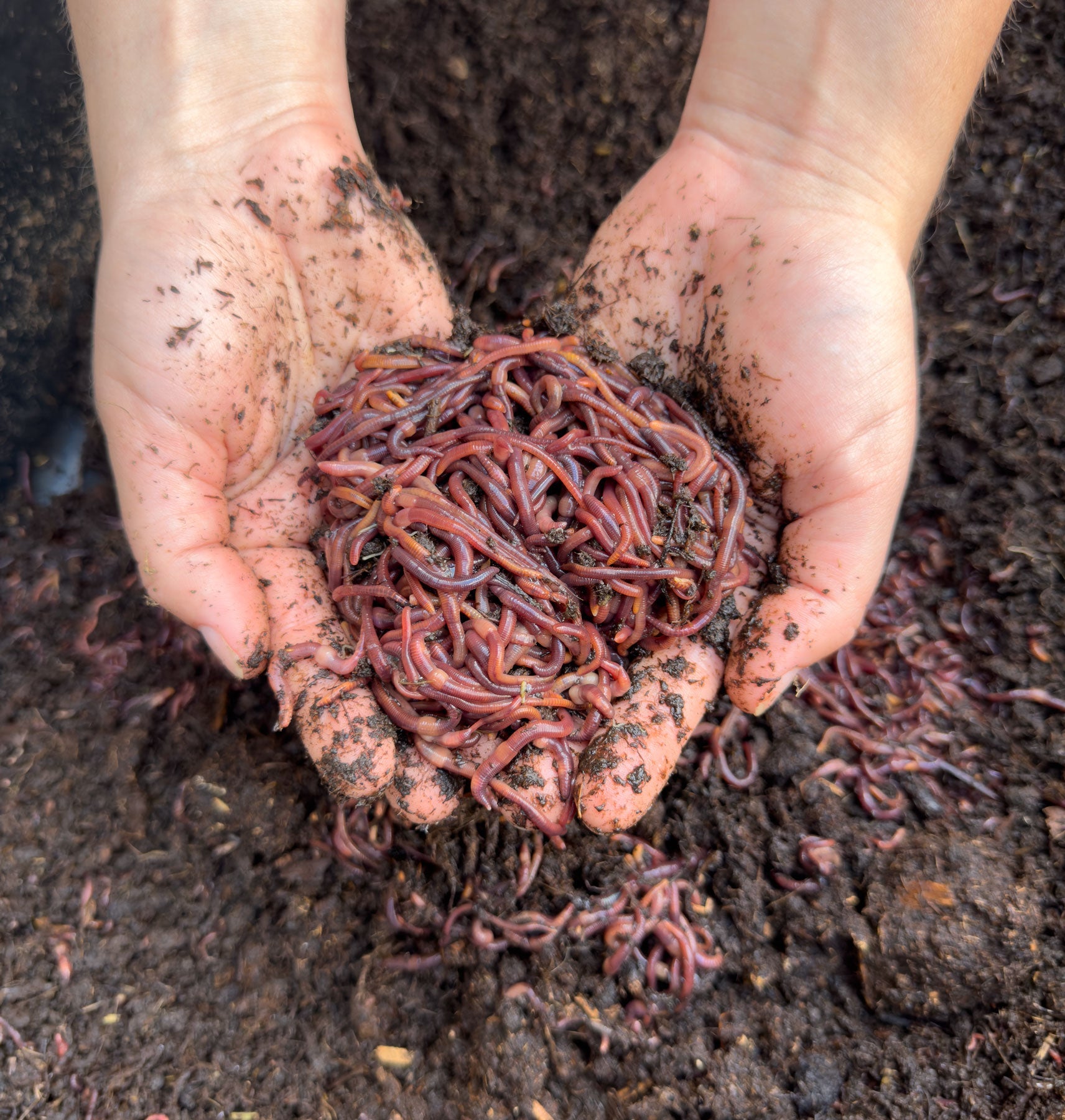Keep Your Lawn Green and Healthy with Expert Tips from Lake Hickory Bait
Keep Your Lawn Green and Healthy with Expert Tips from Lake Hickory Bait
Blog Article
Just How Red Wigglers Can Change Your Composting Experience
The integration of red wigglers right into composting techniques supplies a transformative method to throw away management and dirt enrichment. These microorganisms not just accelerate the disintegration process however likewise create nutrient-dense vermicompost that boosts soil health and wellness and fertility. Their flexibility to various atmospheres makes them a suitable alternative for both beginner and seasoned composters alike. Comprehending the details requirements and benefits linked with maintaining a prospering worm population is important for optimizing their possibility. What strategies can one utilize to make certain an effective vermicomposting experience?
Benefits of Red Wigglers
Red wigglers, clinically referred to as Eisenia fetida, are a cornerstone of effective composting systems as a result of their amazing capacity to decompose raw material successfully. These worms master changing kitchen area scraps, backyard waste, and various other natural materials into nutrient-rich compost, typically referred to as worm spreadings. Lake Hickory Bait. This procedure not only decreases landfill waste but additionally adds to sustainable gardening methods
Among the key benefits of red wigglers is their high recreation rate, enabling them to inhabit a composting setting swiftly. This rapid reproduction boosts decay rates, causing faster garden compost production. Furthermore, red wigglers prosper in a diverse series of problems, making them adaptable to numerous composting configurations.

Establishing Up Your Worm Container
(Lake Rhodhiss Bait)To produce a reliable worm bin for composting, mindful interest must be provided to its layout and environment. An excellent worm container need to be built of products that are durable yet enable for essential air flow, such as plastic or wood. The size of the container can differ, but a volume of about 1 square foot per pound of worms is a great beginning factor.
Make sure that the container has water drainage openings to stop water buildup, which can lead to anaerobic conditions damaging to the worms. In addition, incorporating ventilation holes will assist preserve correct moisture levels and oxygen flow.
Next, it is necessary to offer bed linen for the worms, which can include shredded newspaper, cardboard, or coconut coir. This bed linens not just supplies an environment for the worms yet additionally help in dampness retention.
Placement the worm container in an area that keeps a temperature range of 55-77 ° F(13-25 ° C) to maximize worm activity. Avoid placing the container in straight sunshine or severe temperature levels. By following these guidelines, you can develop a helpful setting for red wigglers, boosting the effectiveness of your composting procedure.
What to Feed Your Worms

(Red Wiggler Express)Red wigglers particularly delight in soft, wet foods like watermelon rinds, cucumber peels, and banana peels. However, it is crucial to avoid feeding them citrus fruits, onions, and garlic, as these can be harmful to their well-being. Furthermore, cooked foods, milk products, and meat should be purely stayed clear of, as they can result in odors and bring in bugs.
Offering a regular feeding routine will certainly aid keep your worm population growing while boosting the general performance of your composting efforts. By comprehending what to feed your worms, you lay the foundation for an effective and sustainable composting experience.
Preserving a Healthy And Balanced Environment
Producing a prospering composting setting for red wigglers calls for interest to their environment, as it straight influences their wellness and productivity. The perfect habitat must maintain a balanced dampness degree, typically between 60-70%. Excessive moisture can lead link to anaerobic conditions, while insufficient wetness might dry out the worms.

The bed linens material in the compost need to be varied and shredded, integrating materials like cardboard, paper, and coconut coir. This not only offers a comfortable atmosphere but additionally offers as a food source. Lake Hickory Bait. Frequently inspecting for odors or indicators of bugs can help recognize prospective issues before they escalate
Last but not least, preserving a balanced pH degree, ideally in between 6 and 7, guarantees a helpful environment for red wigglers, cultivating their capability to procedure raw material properly. By dealing with these elements, you can produce a sustainable and effective composting community.
Harvesting and Making Use Of Compost
Collecting garden compost from a worm bin is a gratifying procedure that transforms natural waste into nutrient-rich product for yards and plants. This can be done using techniques such as the "light" approach, where worms are brought in to light and can be scooped away from the top layers, or by moving the compost to one side of the bin and adding fresh bed linen to the various other side, urging the worms to migrate.
Once the worms are eliminated, the remaining compost can be looked to remove any kind of bigger fragments or undecomposed material. The end product should have a dark, crumbly structure and a positive natural scent, showing that it is all set for use. This rich compost can be applied directly to yard beds, combined right into potting soil, or used as a top clothing for potted plants. By incorporating vermicompost right into your horticulture techniques, you not just enhance dirt fertility but also advertise healthy and balanced plant development and lasting horticulture approaches.
Final Thought
Integrating red wigglers into composting practices significantly enhances the disintegration procedure and adds to the production of nutrient-rich vermicompost. Their adaptability to numerous settings and high reproduction rates ensure a lasting populace, which properly damages down raw material. The resulting worm spreadings boost soil structure, fertility, and microbial task, eventually promoting much healthier plant development. Therefore, the assimilation of red wigglers into composting not just enhances waste management yet also enhances garden ecosystems.
Report this page